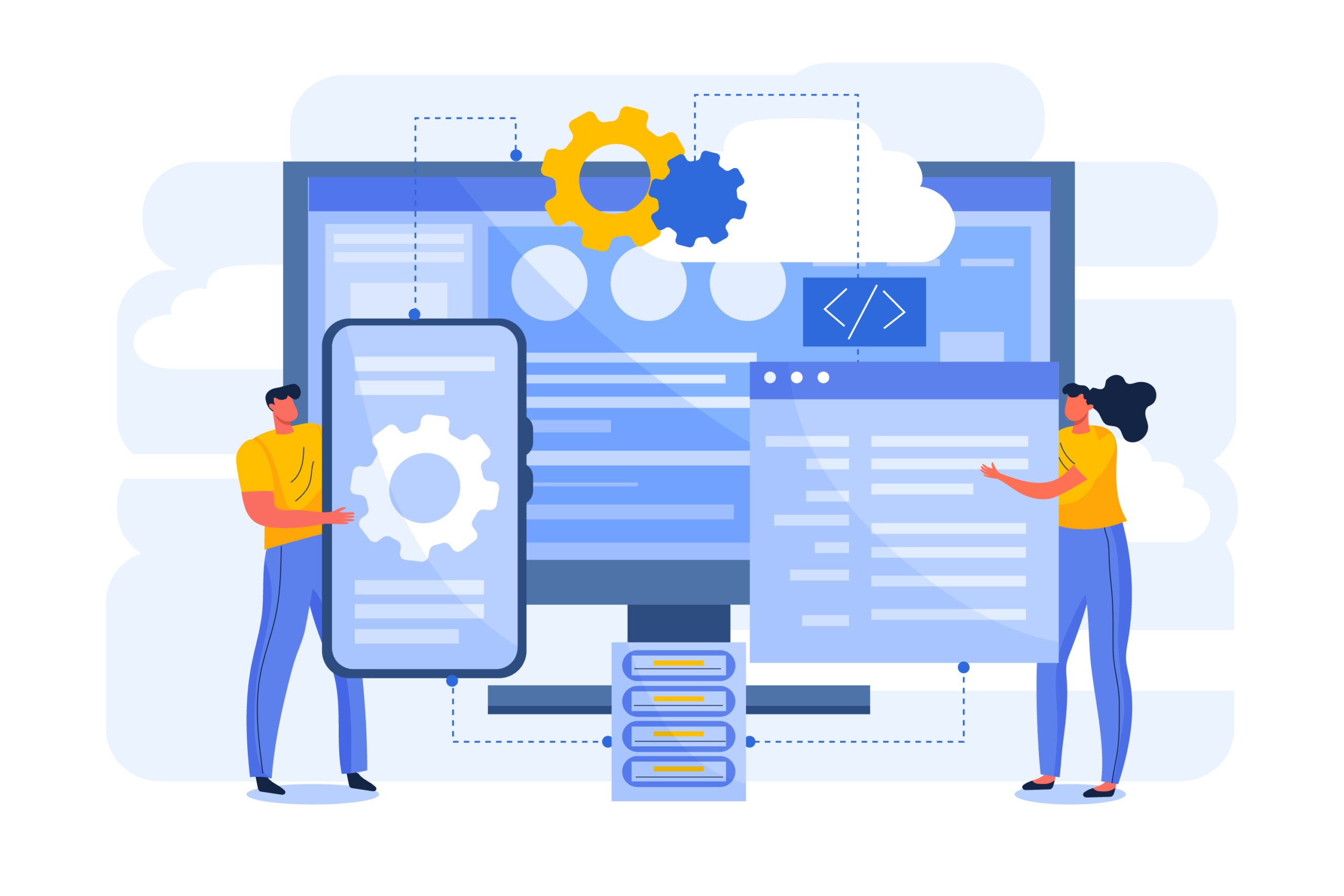
What is an operating system?
First of all, let’s go back to the basics: what is an operating system? By definition, an operating system (OS) is a set of programs that manage computer hardware and provide services to application software.
The OS is essential software that acts as an intermediary between the user of a computer or smartphone and the hardware of that computer or smartphone.
It manages and coordinates activities and shares the machine’s resources, making it easier for users to interact with programmes and hardware. The OS takes care of crucial functions, such as managing memory, processes, files and I/O, and provides a user interface, whether graphical or command-based. Examples of OSes include Windows, macOS, Unix, Linux and Android.
It’s a bit like the ‘conductor’ of a computer or telephone. It allows the user to launch various programs, it manages files, it ensures that the hardware is working properly and it provides an interface (like the desktop you click on, or a home screen with your applications) so that you can interact easily with your device. Think of the OS as the intermediary that translates your actions (like clicking on an icon) into instructions that the computer or phone can understand and execute.
Here are some of the key functions of an operating system:
– Processor management: It allocates processor time to different applications and processes.
– Memory management: It controls the computer’s RAM memory, allocating space to applications when they need it and freeing it when they no longer do.
– Peripheral management: Provides interfaces for interacting with devices such as hard disks, printers and screens.
– File management: organises files on different storage devices, such as hard disks, and enables them to be created, read, written and deleted.
– Security and access management: This protects the information stored in the system from unauthorised access and provides authentication mechanisms.
– User interface: It generally provides an interface (which may be graphical or command-line based) so that users can interact with the computer.
Common examples of operating systems include Windows, macOS, Linux, iOS and Android. Operating systems should not be confused with software. The term software encompasses a broader set of digital instructions designed to make computers and smartphones work. All operating systems are software, but not all software is an operating system. Software can be any program, from your web browser to your favourite video game, while the OS is the basic software that allows these programs to run properly on the machine.
What are the differences between a so-called free operating system and a conventional operating system?
The main difference between a traditional (or proprietary) operating system and a free operating system concerns the licence, access to the source code and the freedoms offered to users and developers. Here’s a comparison of the two:- Licence and source code :
- Free operating system: The source code is accessible to the public, which means that anyone can consult, modify and redistribute it. Licences such as the GNU GPL guarantee these freedoms.
- Traditional/proprietary operating system: The source code is generally closed and not accessible to the public. Users purchase user licences, but do not have the right to view, modify or redistribute the code.
- Cost :
- Free: Generally free, although some distributions or versions may be sold with additional services (e.g. technical support).
- Proprietary: Often chargeable, with licences to be purchased or renewed.
- Development :
- Open source: often developed by a community of volunteers. Users can contribute directly to its improvement.
- Proprietary: Developed by commercial companies. Users generally have no direct influence on development.
- Customisation :
- Free: Highly customisable, as the source code is open..
- Proprietary: Customisation can be limited to the features and options provided by the publisher.
- Security and transparency :
- Free: The ability to examine the source code provides full transparency, which can lead to security issues being identified and resolved quickly.
- Proprietary: Users have to trust the publisher regarding security, as they do not have access to the source code to examine it.
- Compatibility and interoperability :
- Free: Tends to follow open standards, facilitating interoperability with other software.
- Proprietary: May use closed formats or protocols, which can limit interoperability.
How can I get and use a free operating system?
To get and use a free version of an operating system on smartphones or computers, you first need to choose a distribution that is suitable for your device. On the internet, a whole community specialising in IT development offers free OS versions. Popular options include Ubuntu or the Debian project. For smartphones, alternatives such as LineageOS or /e/OS are common. All you have to do is download the system image from the official website.
These community-created projects give you the freedom to modify your device to suit your needs and expectations. Opting for a free operating system means choosing freedom, transparency and control over your technology.
Unlike proprietary systems, where the user is often limited by restrictive licences, an open source system guarantees unfettered access to the source code.This not only offers total transparency, eliminating grey areas about what the software actually does, but also allows unprecedented customisation, adapting the system to the exact needs of the user. What’s more, the collaborative nature of open source software ensures regular updates, usually driven by a passionate and dedicated community. This encourages innovation while identifying and rectifying vulnerabilities quickly, guaranteeing enhanced security. By choosing a free version, you are supporting an ecosystem that values users’ rights, collaboration and technological democratisation, while taking control of your digital future.

